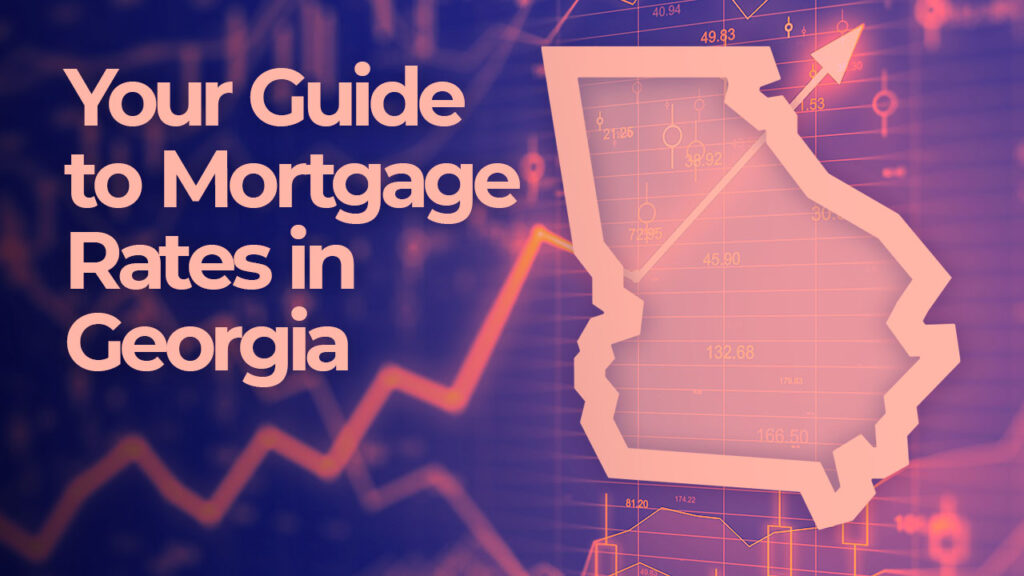We all face moments when our finances feel stretched. Unexpected car repairs, medical bills, or even a sudden home improvement need can leave us scrambling for solutions. For many, the answer lies in small loans. But what drives this decision? It’s not simply about money; it’s a complex interplay of psychological and financial factors. This post delves into the psychology behind borrowing, exploring why we turn to small loans even when we might prefer not to.
The Urgency Factor: Immediate Needs vs. Long-Term Planning
Often, the need for a small loan is driven by immediate urgency. A broken appliance, a critical car repair – these situations demand immediate action, pushing long-term financial planning aside. 
The Illusion of Control: Believing We Can Manage the Debt
Many borrowers believe they can easily manage the repayments of small loans. This illusion of control is a powerful psychological factor, underestimating the potential strain on future finances. Learn more about responsible borrowing.
The Fear of Missing Out (FOMO): Social Pressure and Keeping Up
In our consumer-driven society, social pressure can influence our financial decisions. We might feel pressured to keep up with friends or family, leading us to borrow money for non-essential purchases. 
The Accessibility Factor: The Ease of Online Lending
The rise of online lending platforms has made borrowing remarkably easy. The streamlined application processes and quick approvals can be tempting, even when a more cautious approach might be wiser. Explore responsible lending practices.
Short-Term Gratification vs. Long-Term Pain: Immediate Relief vs. Future Debt
Small loans often provide immediate relief from financial stress, but this relief comes at a cost. The long-term burden of repayments is sometimes overlooked in the moment of need.
Cognitive Biases: Overestimating Future Income and Underestimating Expenses
Cognitive biases can distort our judgment. We might overestimate our future income or underestimate unexpected expenses, leading us to underestimate the financial impact of borrowing.
Mental Accounting: Separating Funds and Justifying Borrowing
We often mentally separate funds. Money for daily expenses might feel distinct from savings, influencing our decision to borrow even if it dips into our savings plan. 
The Sunk Cost Fallacy: Continuing to Borrow Despite Mounting Debt
The sunk cost fallacy describes our tendency to continue investing in something (even borrowing more) because we’ve already invested time or money, despite the negative returns. Learn about the dangers of debt cycles.
The Band-Aid Solution: Borrowing to Solve Short-Term Problems
Small loans often act as a band-aid solution to underlying financial issues. Addressing those root causes is crucial to avoid repeated borrowing.
Emotional Spending: Impulsive Decisions Driven by Feelings
Emotional spending, driven by stress, sadness, or excitement, can lead to impulsive borrowing. 
The Optimism Bias: Believing Things Will Get Better
The optimism bias makes us believe things will always get better, leading us to borrow with the assumption that future income will easily cover the debt.
The Availability Heuristic: Recalling Easy-to-Remember Examples
Our memories influence decisions. Easily recalled stories of others successfully managing small loans can skew our perception of the risks involved.
The Influence of Advertising: Targeted Marketing and Loan Offers
Targeted advertising and easy access to loan offers through various channels can normalise borrowing.
Social Comparison: Keeping Up with the Joneses and Borrowing for Status
Keeping up with peers can push individuals to borrow money to maintain a certain lifestyle or social status.
The Power of Convenience: Quick and Easy Access to Funds
The convenience of online lending platforms makes borrowing quick and painless. This ease of access can sometimes outweigh the long-term financial implications. Compare loan options responsibly.
The Role of Self-Esteem: Borrowing to Improve Self-Image
In some cases, borrowing may be linked to low self-esteem, with individuals using purchases financed by loans to boost their self-image.
Understanding Your Financial Triggers: Identifying Patterns and Behaviors
Recognizing your own financial triggers can help you make better decisions about borrowing.
Planning for the Future: Developing a Financial Plan to Avoid Future Loans
Creating a comprehensive financial plan that includes budgeting, saving, and investing can reduce the need for future loans.
In conclusion, borrowing money, particularly through small loans, is frequently driven by a complex interplay of psychological and practical factors. Understanding these influences can help us make more informed and responsible decisions about our finances. By identifying our own triggers and biases, and by developing sound financial planning strategies, we can navigate our financial lives with greater awareness and control.
Frequently Asked Questions
What are the risks associated with small loans? High-interest rates and potential for debt traps are significant risks.
How can I avoid the need for a small loan? Create a budget, build an emergency fund, and prioritize saving.
What are some responsible borrowing practices? Compare lenders carefully, understand the terms, and only borrow what you can comfortably repay. Seek financial advice.
How do I choose the right loan for my needs? Consider the interest rate, loan term, and fees before committing to a lender.
What if I’m struggling to repay a small loan? Contact your lender immediately to explore options like repayment plans or debt consolidation.


